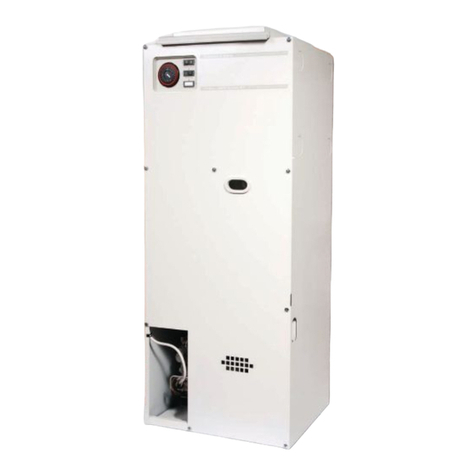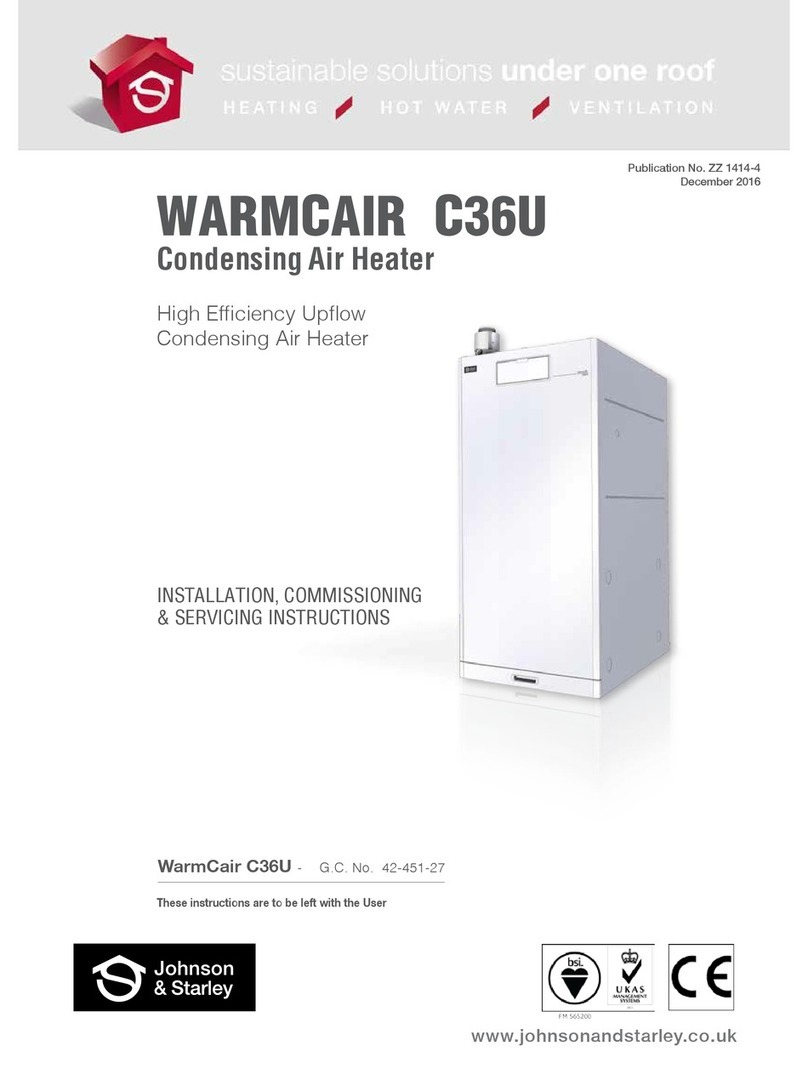Johnson & Starley WARMCAIR C10D User guide
Other Johnson & Starley Heater manuals
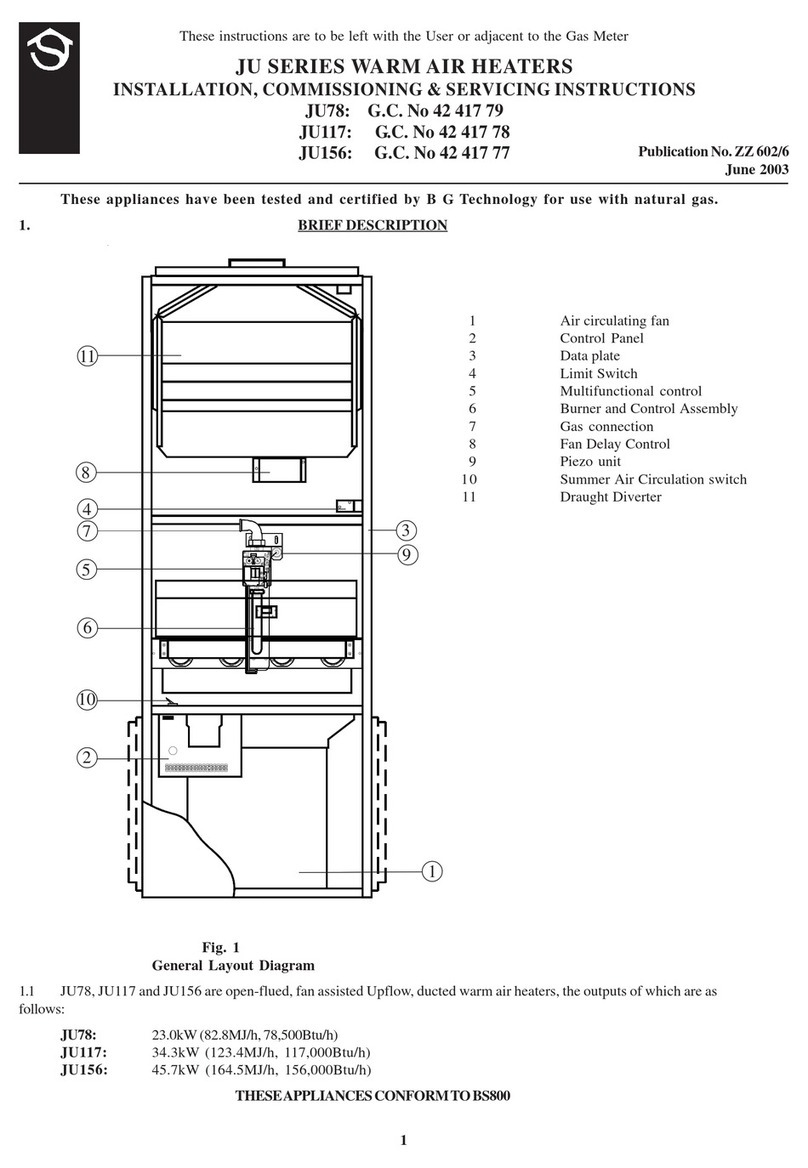
Johnson & Starley
Johnson & Starley JU156 User guide

Johnson & Starley
Johnson & Starley ECONOMAIRE 25 User manual
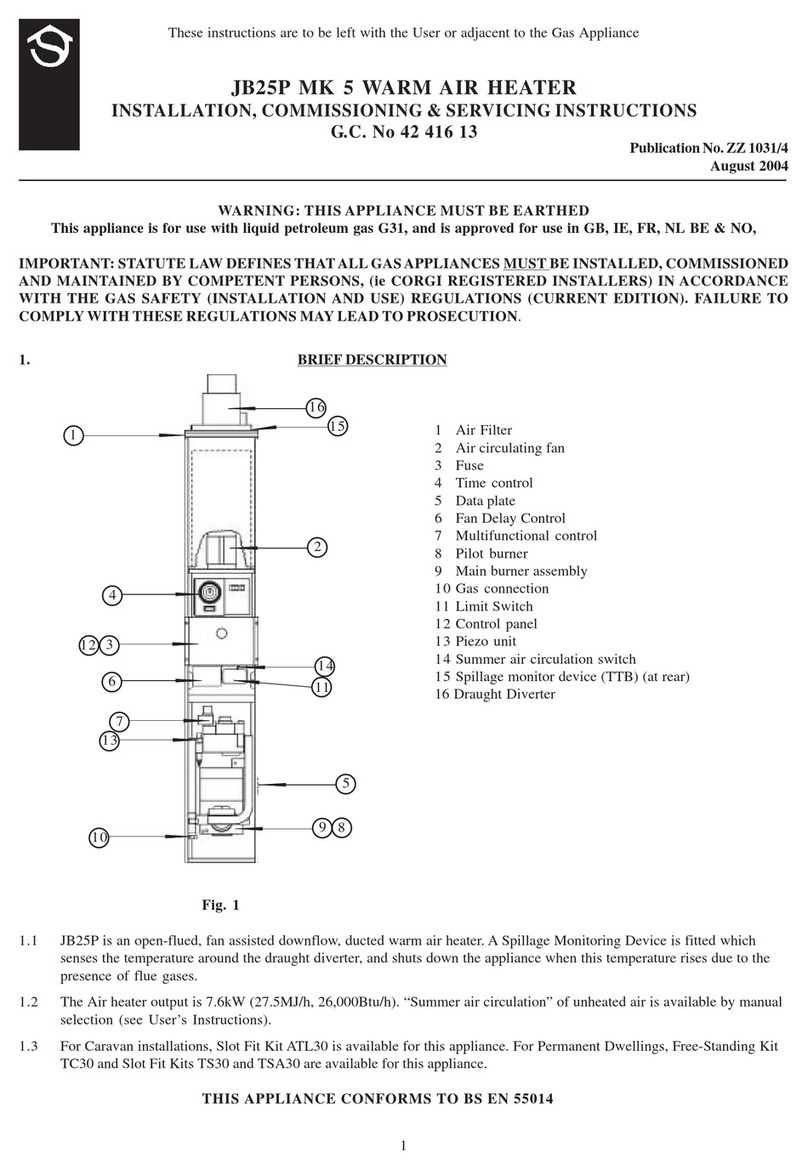
Johnson & Starley
Johnson & Starley JB25P MK 5 User guide
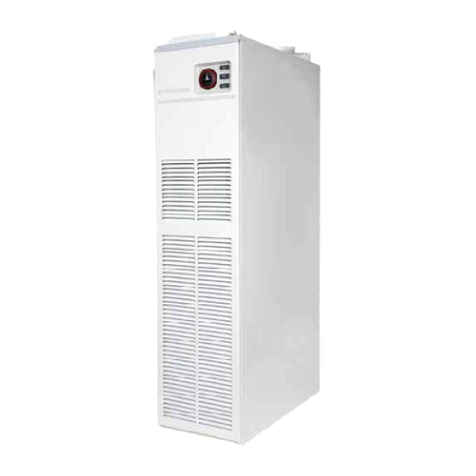
Johnson & Starley
Johnson & Starley HI-SPEC J32P User guide

Johnson & Starley
Johnson & Starley ECONOMAIRE 90 User guide
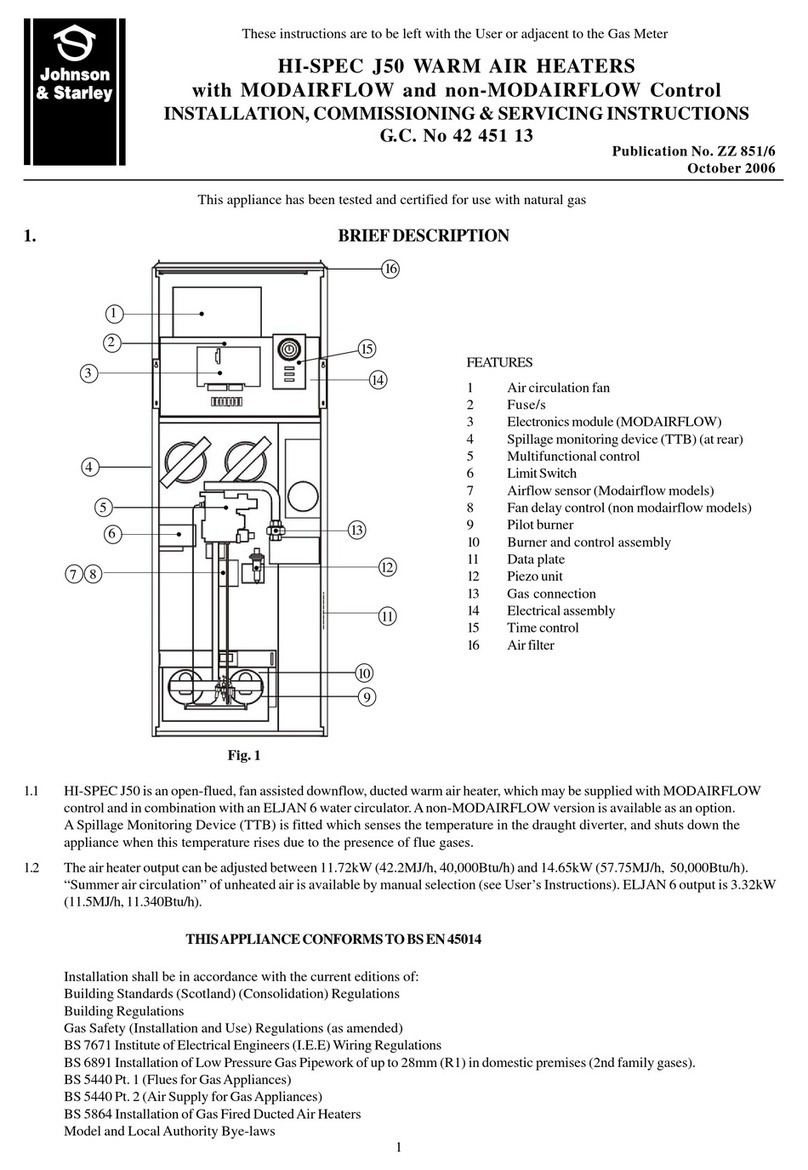
Johnson & Starley
Johnson & Starley HI-SPEC J50 User guide
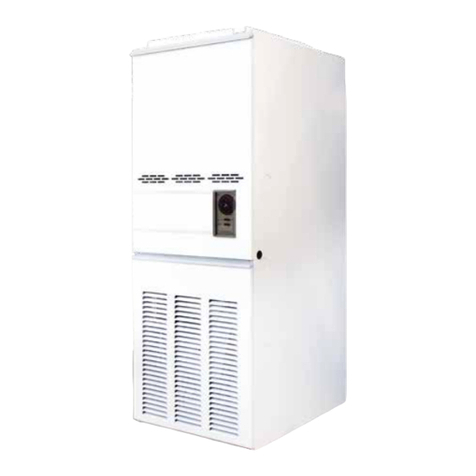
Johnson & Starley
Johnson & Starley HI-SPEC J65 User guide

Johnson & Starley
Johnson & Starley HI-SPEC J25 User guide
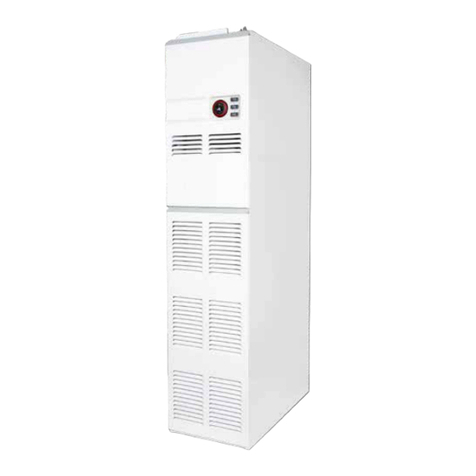
Johnson & Starley
Johnson & Starley HI-SPEC J40 User guide

Johnson & Starley
Johnson & Starley Economaire 31 User guide
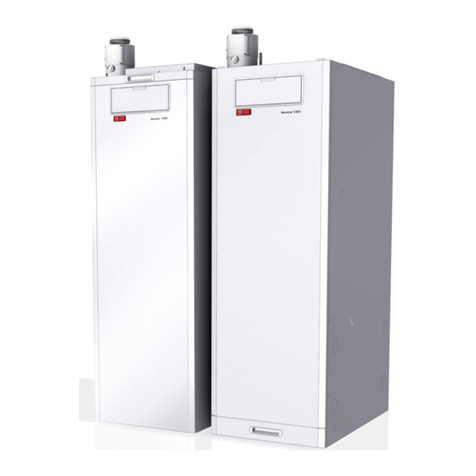
Johnson & Starley
Johnson & Starley WARMCAIR C10D User manual
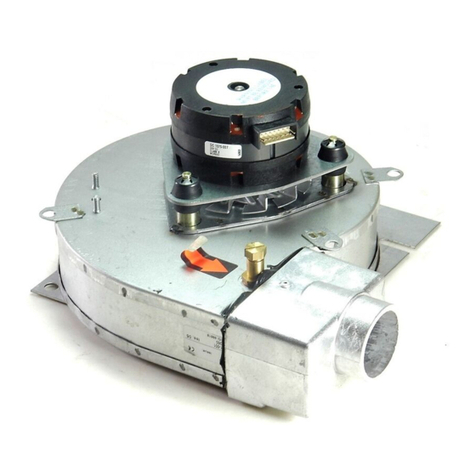
Johnson & Starley
Johnson & Starley JANSTAR User guide

Johnson & Starley
Johnson & Starley WARMCAIR C26D User guide
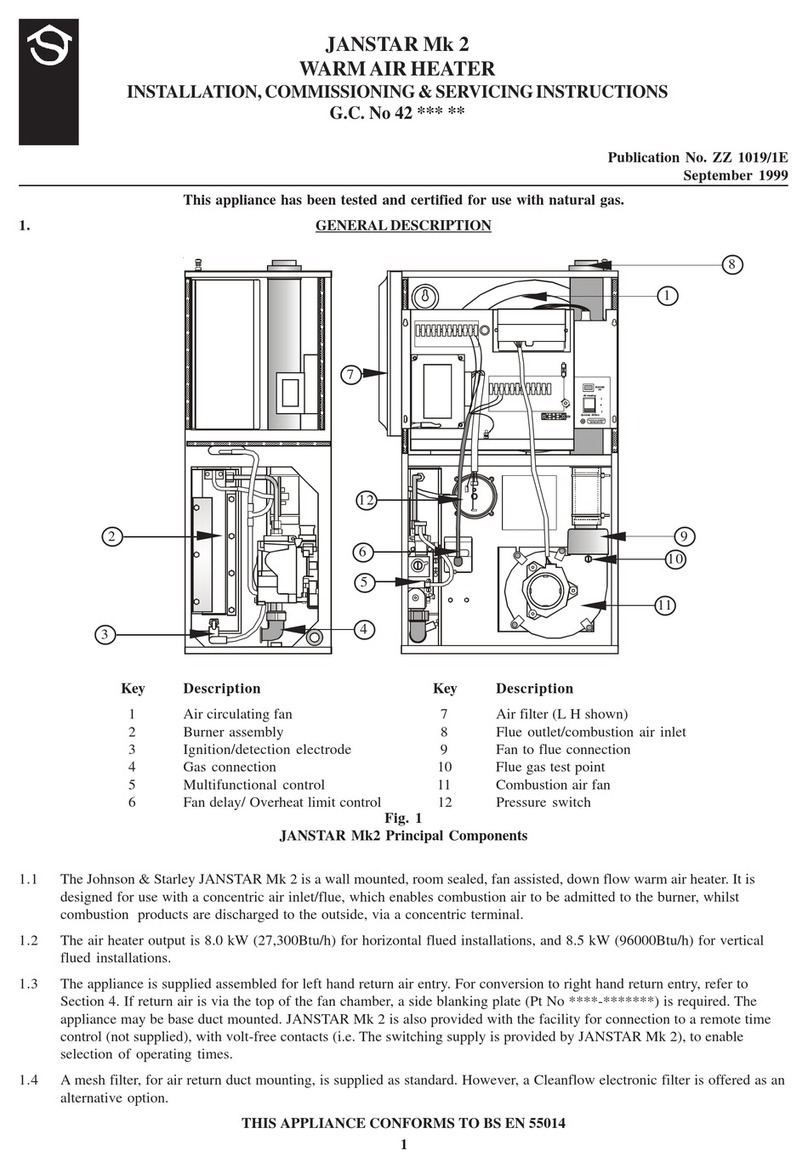
Johnson & Starley
Johnson & Starley JANSTAR Mk 2 User guide
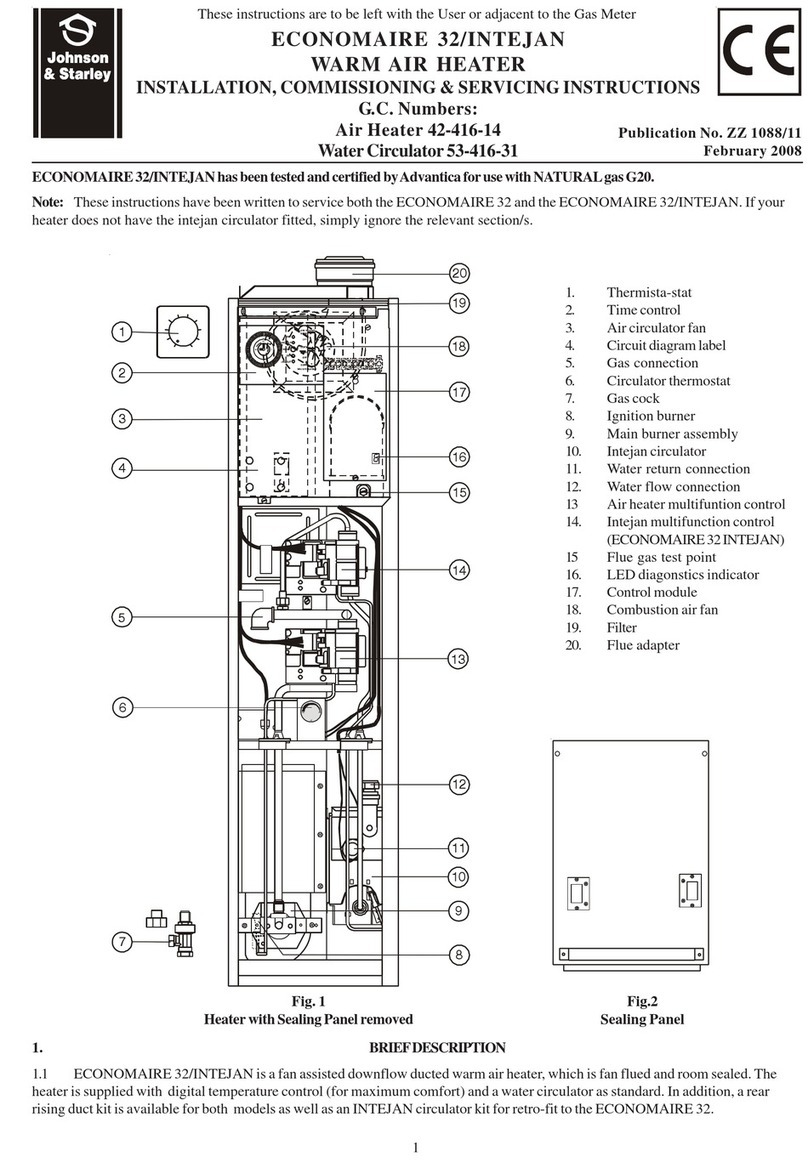
Johnson & Starley
Johnson & Starley ECONOMAIRE 32/INTEJAN User guide

Johnson & Starley
Johnson & Starley HI-SPEC J40 User guide

Johnson & Starley
Johnson & Starley ECONOMAIRE 25 User guide

Johnson & Starley
Johnson & Starley HI-SPEC M31 User guide
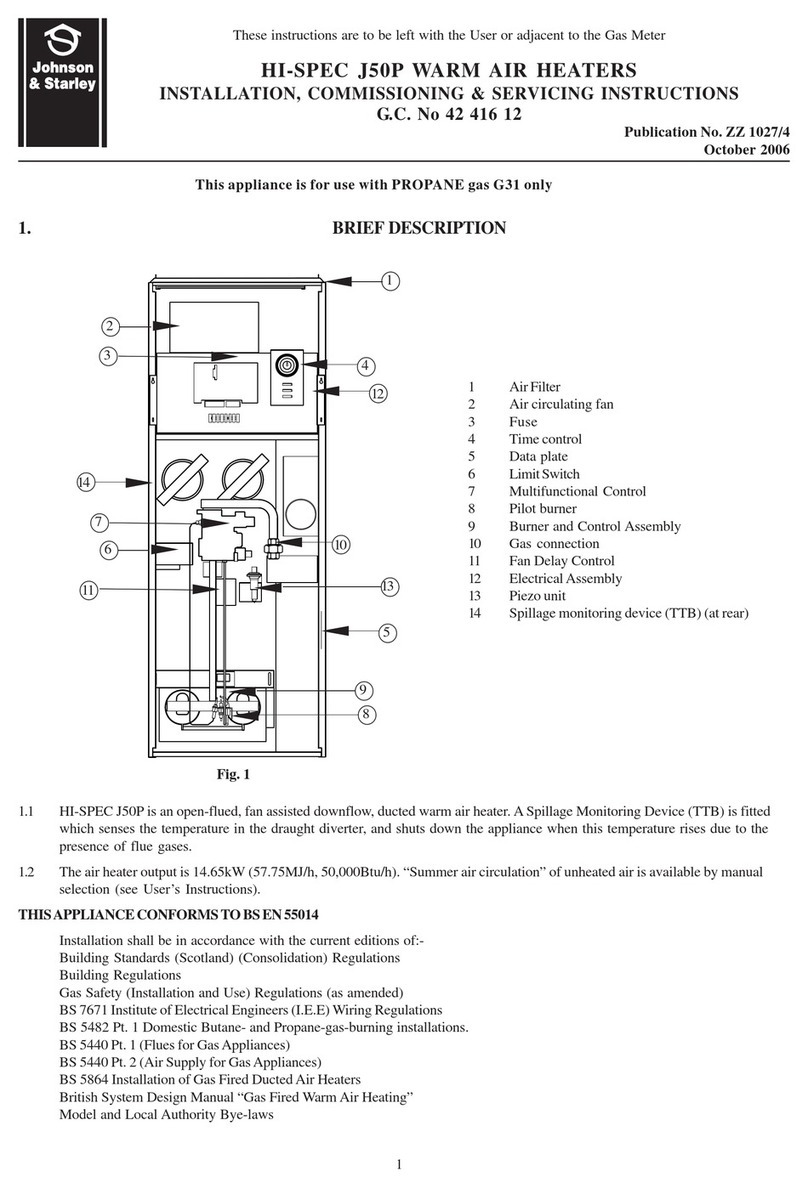
Johnson & Starley
Johnson & Starley HI-SPEC J50P User guide

Johnson & Starley
Johnson & Starley SCE 75-75 G Guide
Popular Heater manuals by other brands

Porter-Cable
Porter-Cable PCXH80KT Operating instructions and owner's manual

Dyna-Glo
Dyna-Glo RA18LPDG user manual

Dimplex
Dimplex PLX050E instruction manual

EOS
EOS Herkules XL S120 installation instructions

Trebs
Trebs Comfortheat 99209 manual
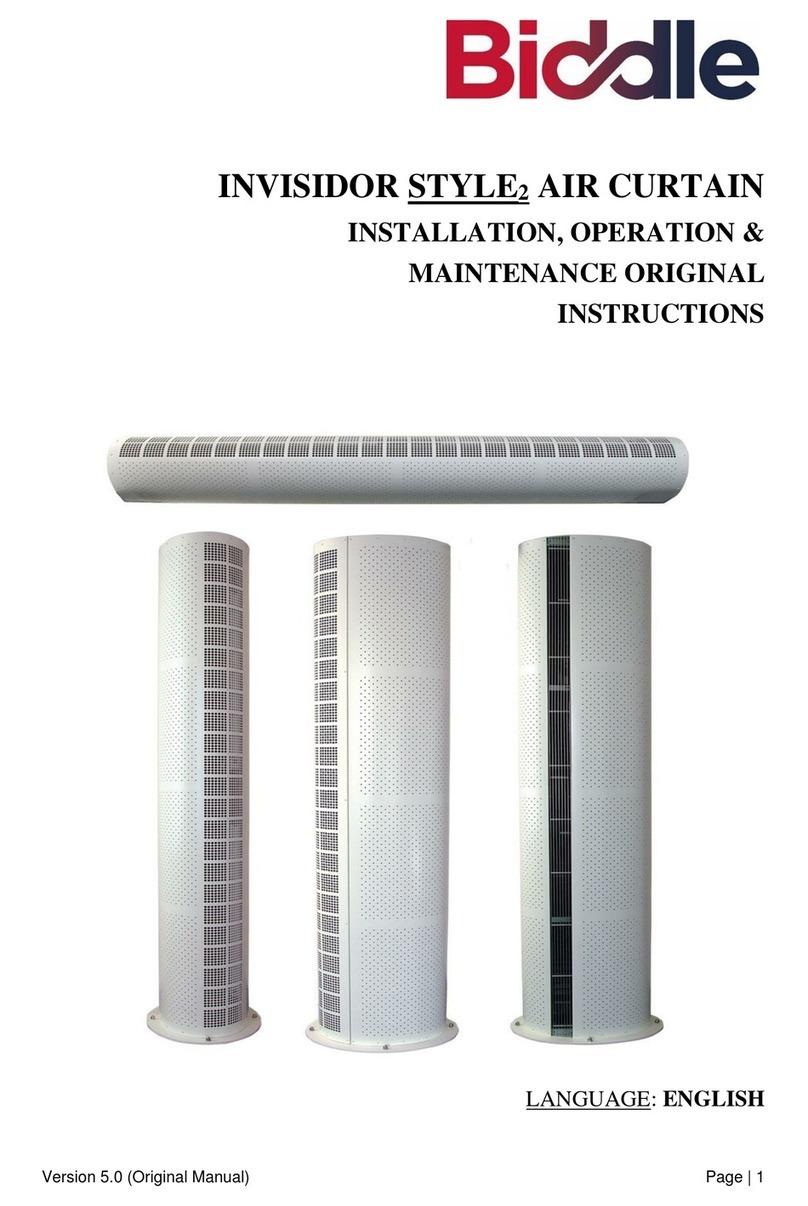
Biddle
Biddle STYLE2 Series Installation operation & maintenance
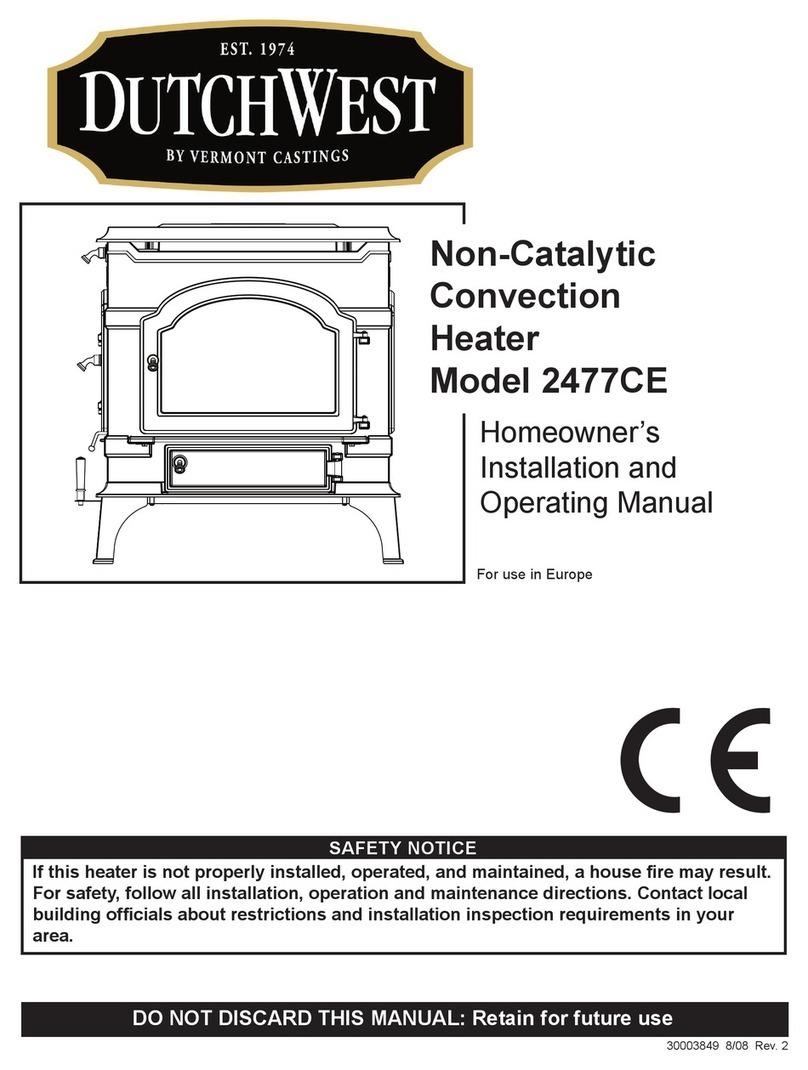
Vermont Castings
Vermont Castings Non-Catalytic Convection Heater 2477CE Installation and operating manual
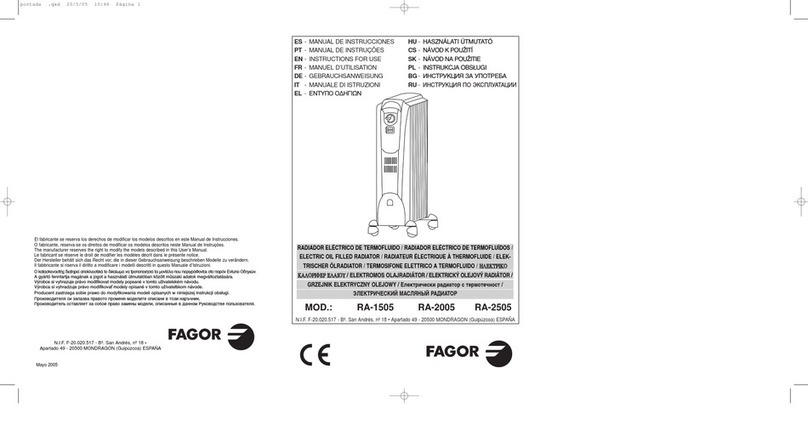
Fagor
Fagor RA-1505 Instructions for use
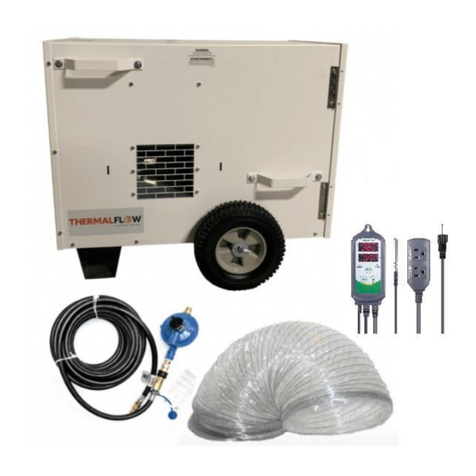
THERMAL FLOW
THERMAL FLOW Delta 175 Operating instructions manual

GET
GET G2CH instructions
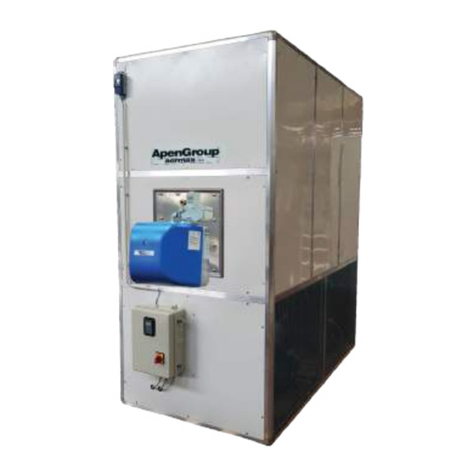
ApenGroup
ApenGroup PK Series User, installation, and maintenance manual

oventrop
oventrop Regucor Series quick start guide

Blaze King
Blaze King CLARITY CL2118.IPI.1 Operation & installation manual

ELMEKO
ELMEKO ML 150 Installation and operating manual

BN Thermic
BN Thermic 830T instructions

KING
KING K Series Installation, operation & maintenance instructions

Empire Comfort Systems
Empire Comfort Systems RH-50-5 Installation instructions and owner's manual

Well Straler
Well Straler RC-16B user guide

